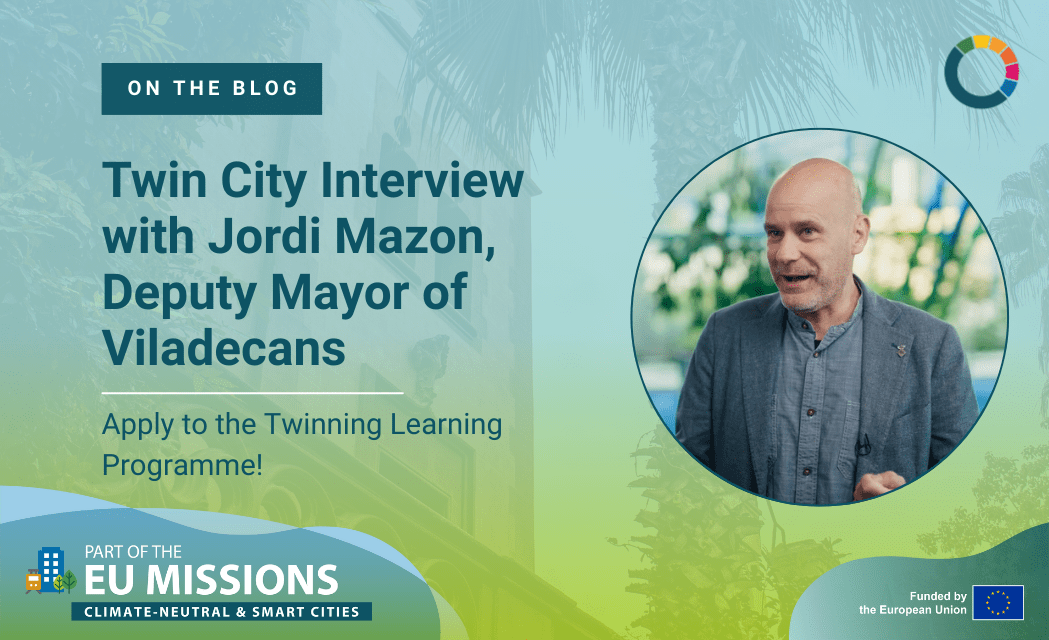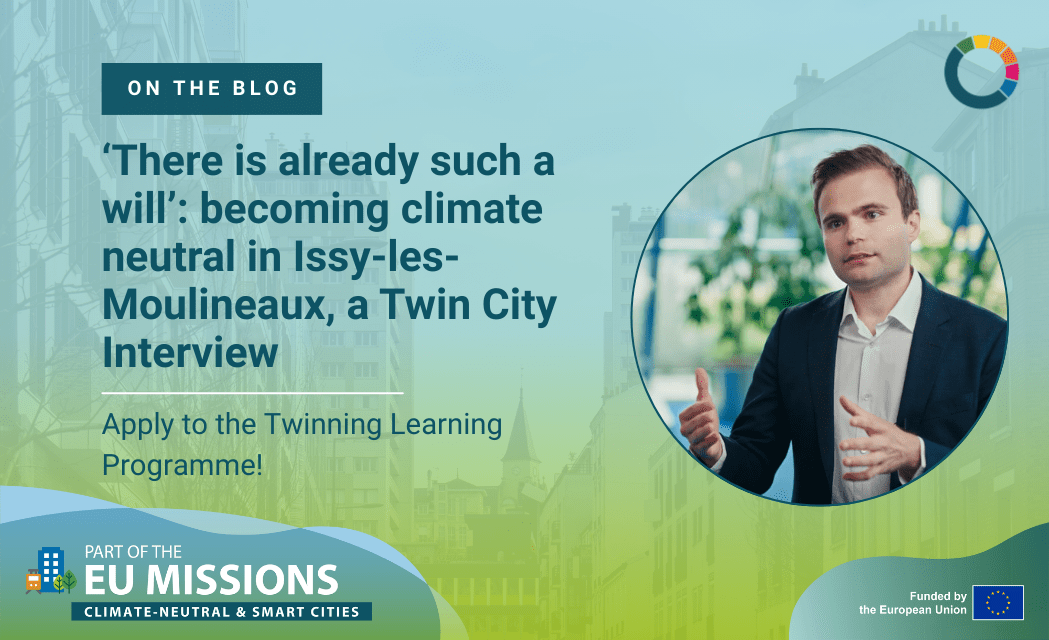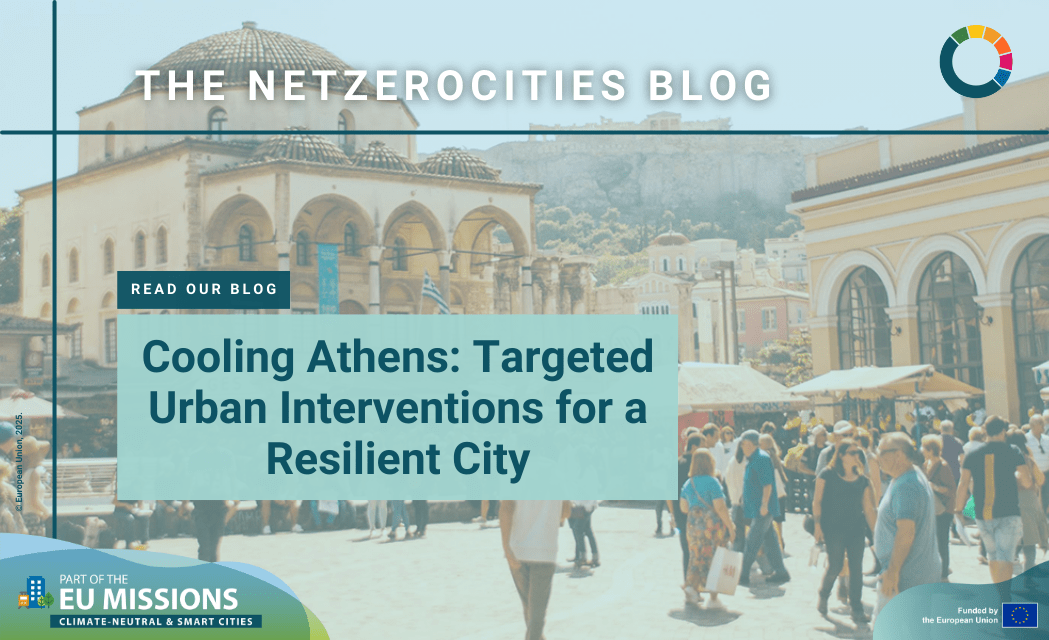Jordi Mazon is the deputy mayor in Viladecans, a city close to Barcelona. He has a PhD in physics from the department of physics at the Technical University of Catalonia.
To tackle energy poverty and promote sustainable energy, Viladecans established an energy company with citizens through an innovative public-private citizen partnership (PPCP) model. The project included the creation of a local digital currency – the Vilawatt – to incentivise energy saving and which could be used in dozens of stores, boosting the local economy.
The original project ended in 2020 but now acts as a platform for other local energy transition actions.
What would you say are the achievements or projects happening in Viladecans that you’re most proud of?
In the city of Viladecans we are working to become a carbon neutral city, so we are doing many different topics and projects but the main topics are dealing with energy and the energy transition.
We have the Vilawatt project, which was a European project. The aim of this is to create a public energy consortium, to provide energy and create energy communities. So, we are very proud of this project.
And also, another one we are developing in the city is with water. We have two different, separate networks of water. All the rainwater that is falling in the city, we collect and we introduce it in the soil, in the aquifer, and then we remove it to clean the city and for the irrigation of vegetables, plants and trees.
And this is a very important thing in the Mediterranean area where we have drought or low precipitation. So, this is a very interesting project for the irrigation of the trees, because the other side of the project that we have is to create and to plant a lot of trees in the city, urban trees, to cool the city and to capture the CO2 in the atmosphere to accelerate carbon neutrality.
So, we have different projects and all the projects that we are developing in the city are like a scientific paper. So, this is to be coordinated in a rigorous way and to create a path with all these projects to go faster to carbon neutrality.
Can you talk a bit about your collaboration with other cities?
Yes, we are collaborating with cities in the [Cities] Mission, and we are collaborating with Limassol, in Cyprus, who have the same goal – that is to cool the city in summer. In the northern countries probably one of the greatest problems is heating the city and to provide heat in winter. In our case in the Mediterranean, the main problem is to cool the city in summer. The summer is too long and so we need to cool it. So, Limassol and Viladecans have the same problem, so we are collaborating.
But, in other projects we are collaborating with different cities in Europe, with Liepaja on mobility, for instance, and with the Vilawatt project we have collaborated with Seraing (Belgium), Trikala (Greece) and Nagykanizsa (Hungary). We have our department of international relations in the city and so we’re collaborating with many cities in Europe.
What can you tell us about engaging stakeholders or the public in Viladecans?
For us, engagement is a key point. It’s basic. So, we started with engagement [a long time ago], but there is a turning point in 2016 with the Vilawatt project, the European initiative from the EU, and one of the actions in this project was to create learning communities of energy.
This was for us a very important moment – this project would create a lot of learning communities and different stakeholders, so it was a practicum. We learned a lot with this engagement and now we are developing ways to account for the engagement. And now with the Mission, with the quadruple helix, we are developing all the knowledge that we learn, with the Vilawatt project with these learning communities to engage for the engagement with the mission project. And so we are developing a lot of things with these stakeholders.
[The quadruple helix is a model for collaboration and innovation that includes four actors – companies, public organisations, knowledge institutions and civil society.]
Why is it important for political leaders at a local level to take the lead on climate action, rather than leaving it to national governments?
I am deputy mayor, so I am a politician, but also I am an academic. I have a PhD in physics, so, I have two hats, the political and the scientific.
As a scientist, I know the problems of climate change and that the time [to act] is limited. So, we need to change the tendency and to create a new eco system with a new energy supply. As a politician, I know that also the science provides information to the politicians and for the politicians I think it is important to analyze this thing that the scientists say.
I have two hats, so, I try to do both things: provide scientific knowledge and when it reaches the deputy mayor or mayor, “it’s this path [to a decision].” But sometimes the political path and the science path are complicated to join. And so, in my case, it is complicated sometimes because I would like to do many things and too fast because science provides this information.
But when you are doing politics, it’s complicated because that is not as easy as science. I understand better the scientific background or the scientific things than the political ones. So, it’s complicated, but I think the deputy mayor or the mayor or the political people, I think that it is important for them to learn about the science and to go ahead with the climate mission because this is the future and if we don’t act now then in the future it will be more complicated.





